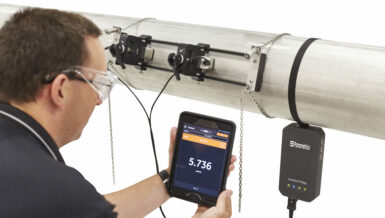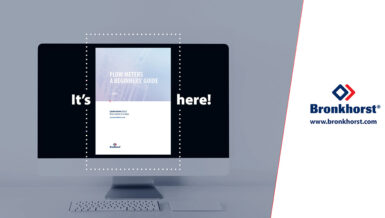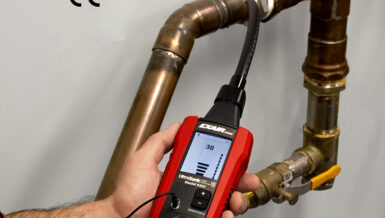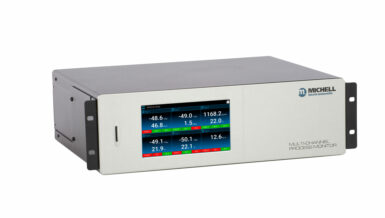In the case of mains water, the water provider must be able to accurately measure the water to ensure that the supply is available in the right quantities and at the right pressure.
Metering the supply of water to sprinkler systems will help operators identify any issues so that a sufficient supply of water at the correct pressure can be guaranteed. It will also help ensure that users are billed correctly for the water they use.
The meter must be thoroughly tested for large flow ranges and pressure containment, and it must perform throughout a wide temperature range before they are given approval for use as a meter in a Fire Service Application.
Selecting the right flowmeter is key to achieving the desired level of performance. While different flowmeter types have their merits for specific types of applications, they may not provide the best outcome for helping to measure and maintain the flow of water for fire suppression systems. Several types of flow measurement techniques can be used in closed pipe systems. These options include mechanical, ultrasonic, and electromagnetic technologies.
Historically, fire service applications were served with mechanical propeller flowmeters that consist of a small mechanical meter for the regular (low) flow and a large meter for the fire flow. The switch-over is regulated by a check valve. Since mechanical flowmeters cannot tolerate solids in the flow stream, there must be a large strainer for the metering system. The sprinkler system must continue to operate under full pressure, even if the strainer is 75% full. These compound meters are expensive and maintenance-dependent.
Furthermore, testing, recalibration, and repairs of mechanical meters means they must be removed periodically, requiring users either to replace the meter with a temporary device or cease measurement altogether until the meter is refitted back into the line.
Ultrasonic flowmeters including portable clamp-on types, are another option. They use ultrasonic beams to assess the velocity of the fluid, which can then be used to derive a flow measurement. Aside from their higher cost, ultrasonic flowmeters suffer various drawbacks.
Those operating on the transit time principle can struggle to handle flows with high levels of particulate matter, requiring a strainer to be fitted. Both transit time and Doppler meters can also be affected by velocity profile distortions, requiring from 10 to 40 upstream diameters, depending on the severity of the disturbance. The turndown of ultrasonic meters is also limited within an ideal range of 20:1 to 40:1.
Ultrasonic meters can also be difficult to install and set up, especially where high accuracy is required. The accuracy of flowmeters can be affected by design and by their susceptibility to tampering. Particularly where metering is conducted at the point of use, users have been known to adjust readings to enable them to either pay less or use more water.
The technical and economic advantages offered by electromagnetic flowmeters compared to other flow metering technologies make them the preferred choice for water measurement applications. Key advantages of electromagnetic flowmeters include:
ABB’s AquaMaster4 electromagnetic flowmeter offers the ideal solution for measuring water in fire suppression system applications. Certified by UL in line sizes from DN50 (2 in.) to DN300 (12 in.), AquaMaster4 delivers an unrivaled accuracy of up to ±0.2 % of reading ±0.5 mm/s (whichever is greater), a turndown ratio of up to 1000:1 and long-term stability. Its reduced bore sensor is virtually insensitive to hydraulic disturbances as it conditions the upstream fluid flow profile within the sensor’s central measuring zone, giving superior performance.
Now available with UL Standard 327b certification, the AquaMaster4 is ideal for monitoring water usage in buildings that have automated sprinkler systems. The standard demands that a flowmeter be able to measure the water for ordinary water usage as well as the high flows that occur if the sprinkler system has been activated. An electromagnetic flowmeter is the perfect solution for this, as there is little pressure drop and a large flow range can be captured.
The UL Fire Service approval enables the AquaMaster4 to be used by water utilities or those working with water utilities for billing water into commercial buildings with fire suppressant systems in a completely wetted pipe section when:































